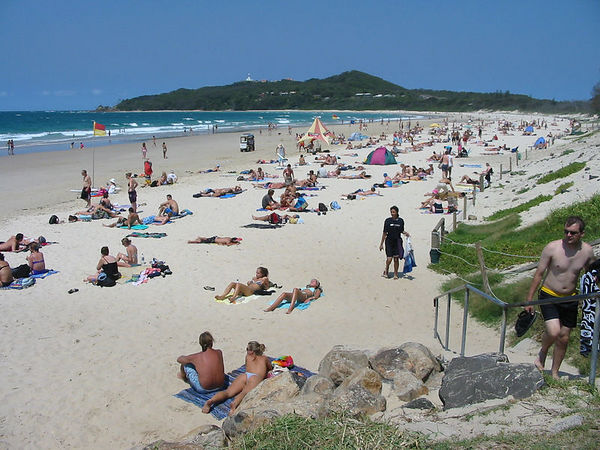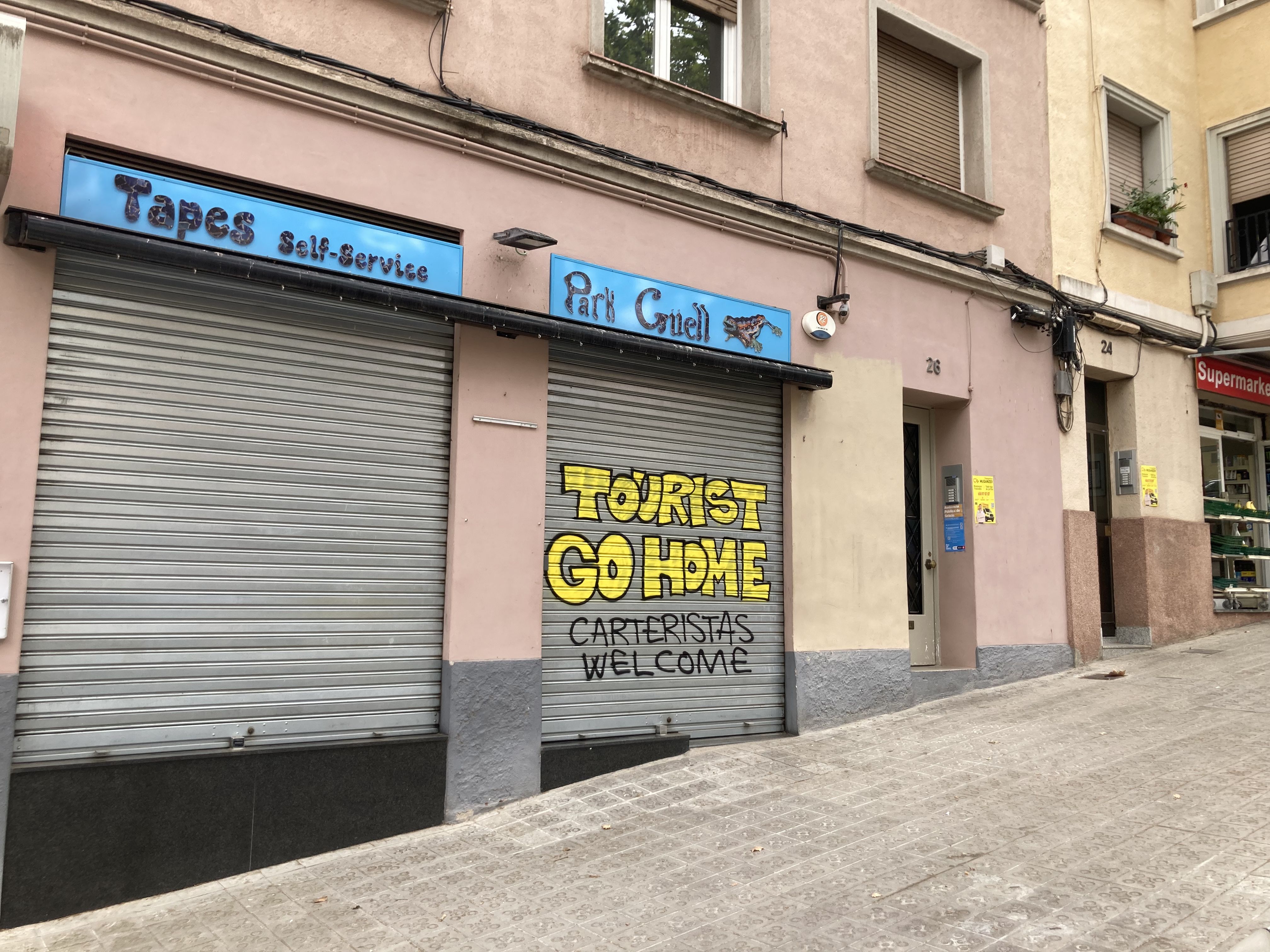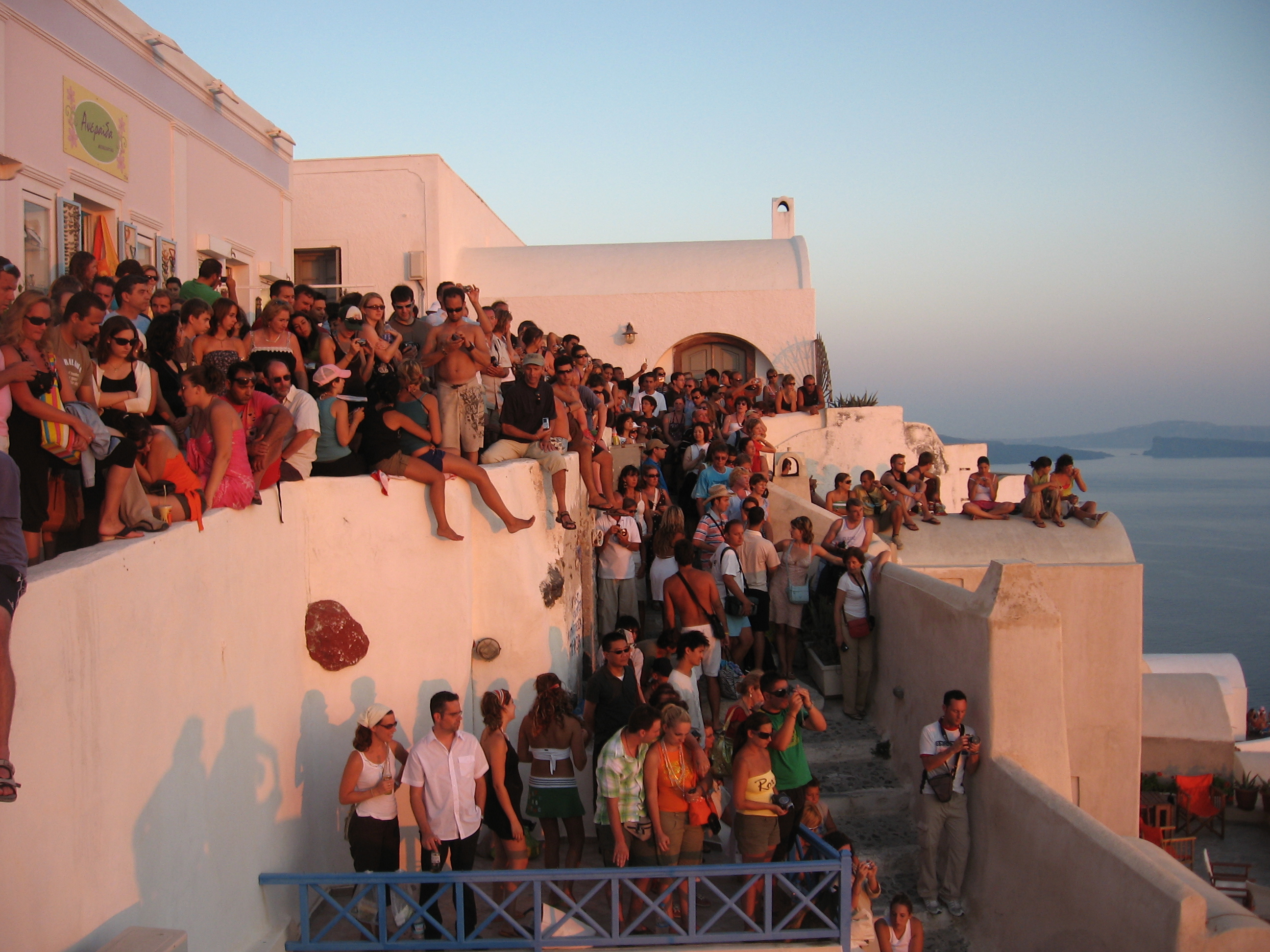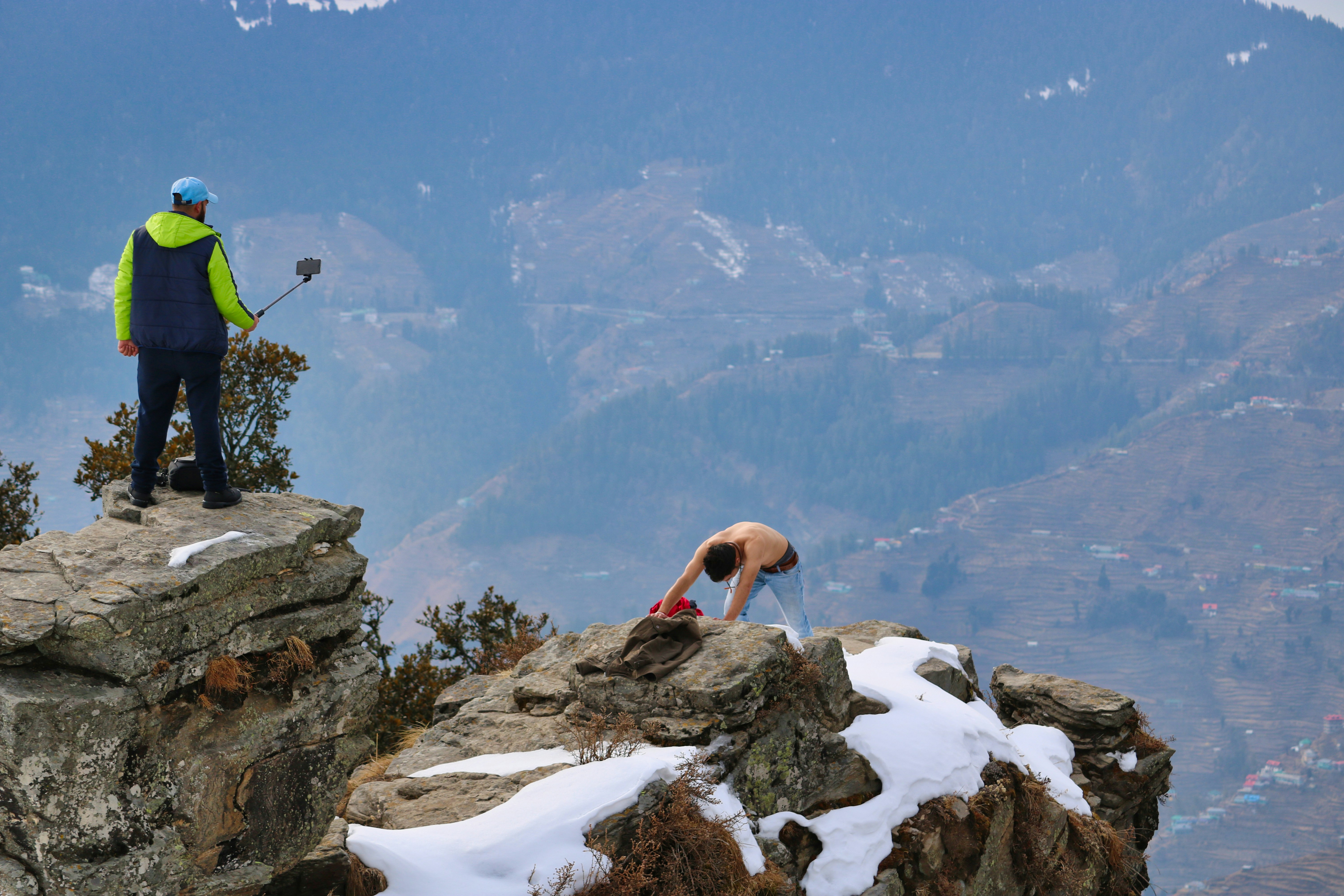Short-term rentals have changed the way we holiday. While there are some benefits, it’s not all good.
 Byron Bay has experienced a surge in demand for places to stay, including short-term rental accommodation, such as Airbnb and Stayz. : Wikimedia CC by 3.0
Byron Bay has experienced a surge in demand for places to stay, including short-term rental accommodation, such as Airbnb and Stayz. : Wikimedia CC by 3.0
Short-term rentals have changed the way we holiday. While there are some benefits, it’s not all good.
The summer beach holiday is part of the Australian psyche. The sand between your toes, kids fossicking in the shallows at low tide, the sound of waves lulling you to sleep.
Byron Bay, with its gently curving white-sand bay, benign surf and glorious climate, has for generations been the quintessential Aussie beach holiday destination.
Such has been its allure, it has resulted in a large demand for places to stay — including short-term rental accommodation, such as Airbnb and Stayz.
Yet, since September 24, owners of short-stay rentals have been prohibited from renting out their homes for more than 60 days in a calendar year with few exceptions.
Airbnb claims to have added $AU13.6 billion to the Australian economy in 2023, and internationally short-term rental options make up a quarter of all tourist accommodation in the EU.
However, there is an increasing backlash against the practice for the challenges of over-tourism it is associated with globally.
How did we get here?
During the Paris Olympics, Airbnb, launched a campaign focusing on “the Paris-y side of Paris”.
This is a perfect example of how short-term rental platforms position themselves in a hospitality industry traditionally dominated by hotel chains, as well as mum-and-dad homestays: They offer home-like amenities and atmosphere, local-like travelling experiences, and flexible booking and renting options.
In Australia, the short-term rental market experienced rapid growth from 2015 until the COVID-19 pandemic contraction and post-pandemic repositioning and rebound from 2022 to the present.
At its peak in the summer of 2019, roughly 330,000 short-term rentals spanned coastal tourist destinations such as Byron, Mornington Peninsula and Nelson Bay, along with our biggest cities, Melbourne and Sydney.
A decade after short-term rentals debuted Down Under, the telltale changes to the Australian tourism landscape can be broken into three distinct categories.
The Good
Undeniably, the short-term rental “sharing economy” business model directly benefits hosts and guests economically. Hosts can earn extra income from renting their idle property. Guests usually get a bargain.
There is also a wider economic benefit that boosts tourism-related spending in a neighbourhood. Research shows that travellers who stay in short-term rentals tend to travel more, stay longer and participate more in local activities.
At the regional level, the rise of these platforms is particularly prominent in capital cities and regional tourist destination towns. Investment in this market bids for the premium locations of visitor attractions, such as the centre of capital cities and a 500-metre buffer along the coastline of seaside towns. Since the pandemic, a significant shift towards peri-urban regional markets and professionalised operations also boosted their activities in unconventional places such as Darwin, Yeppoon, and Geelong.
The Bad
The tourism boom, catalysed by an emerging short-term rental industry, also brings about significant disruption and challenges to tourism management.
Noticeably, there is evidence of direct competition between short-term rental platforms and traditional hotel accommodation in the US as well as global tourist cities such as Tokyo, Paris, Sydney and London.
This raises concerns about the unfair advantages of short-term rentals over hotels due to the lack of robust regulation for the platforms.
Another significant concern of the unabated short-term rental market growth is associated with “touristification” and tourism-led gentrification. Evidence suggests that a booming short-term rental market is associated with inflating housing prices and rent.
Short-term rentals have also been increasingly associated with negative social and cultural notions, such as affecting the sense of community and local identity, reducing neighbourhood quality of life with accusations of excessive noise, traffic, and garbage, and exacerbating social inequality against low-income individuals who benefit less than the asset-owning middle-/upper-income individuals from the sharing economy.
The Ugly
The disruptive and neoliberal nature of short-term rental platforms has become a core issue that divides supporters and opponents.
The market enables resourceful residents to participate in the “pop-up” tourism potentially at the cost of a blurring boundary of non-tourist versus tourist areas and a loss of the community’s authenticity.
It is understandable that the “Neighbours Not Strangers” sentiment is on the rise in communities like Byron Bay, where the influx of tourists has upset the town’s laidback charm.
Regulations on short-term rentals range from a de facto ban in New York City to location- (e.g., exemption and implementation zones) and time-based (e.g., a day cap) operational restrictions in New South Wales to business registration and tax levies in Victoria.
Preliminary research evidence indicates various levels of effectiveness in achieving policy targets of regulation, mainly addressing housing affordability. For instance, evidence from Queensland indicates limited impacts of short-term rental on housing affordability.
The challenges associated with these regulatory frameworks and strategies are embedded in complex short-term rental market dynamics, as well as their unclear interactions with tourism, housing and public infrastructure.
In an increasingly digitised world, we sometimes feel nostalgic about “the simpler time” — it is a camping weekend at Sandy Beach portrayed in Leona Huntsman’s Sand in Our Soul: The Beach in Australian History — when holiday experience had not been intruded by Instagram-worthy tourist attractions.
Healthy tourism should strengthen a community instead of displacing a community. Proactive measures that study, monitor, and manage the Australian market to balance the priorities between growing economic benefits and remedying sociocultural conflicts will benefit everyone.
Dr Frank Zou is a postdoctoral researcher based at the University of Queensland. His research covers economic geography, transport planning, housing policy, and spatial analysis. He has published on the economic, social, and environmental impacts of short-term rental, shared (micro)mobility, and the broader sharing economy.
Originally published under Creative Commons by 360info™.
Editors Note: In the story “Over tourism” sent at: 03/10/2024 03:03.
This is a corrected repeat.















